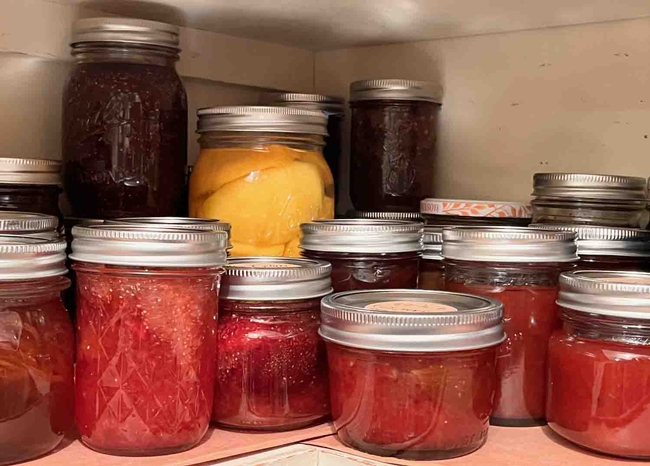It's peak season for fruits and vegetables from now through September: peppers, tomatoes, cucumbers, peaches, apricots, plums, berries … the list goes on and on. It's not unusual for a neighbor to drop off a bag of peaches, or to find a roadside stand offering melons, or to encounter a box of cucumbers or zucchini labeled with a “free” sign when out on a walk. Our farmers markets offer an amazing selection of locally-grown fruits and vegetables, and wild blackberries thrive on the banks of our creeks and rivers. If you find yourself in the enviable position of having more fresh produce than you can possibly consume or give away, it's time to start canning and preserving. You'll be glad you did when you can pull out a jar of homemade bread & butter pickles at Thanksgiving, or slather your own apricot jam on a piece of toast come February.
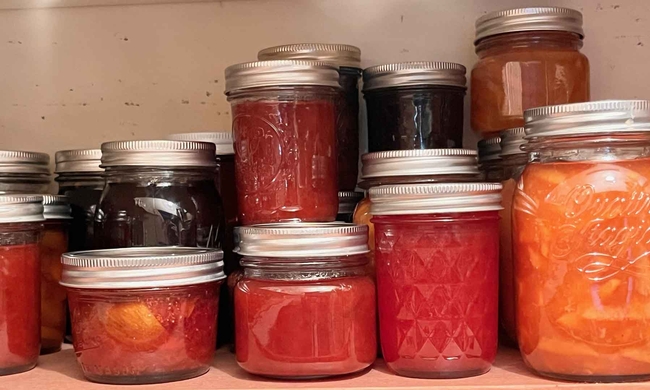
Apparently the ancient Greeks and Romans loved jams and jellies. Around 500 BC, traders began pulverizing over-ripe fruit, then boiling the juice and adding honey to turn what would have been waste into something useful. One of the first known cookbooks is De Re Coquinaria (“The Art of Cooking” in English), from the fourth century AD or earlier. It includes a recipe for jam which is simply fruit and sugar boiled together. Those living in northern climates with insufficient sunlight to properly dry fruits soon added this method to their food preservation techniques.
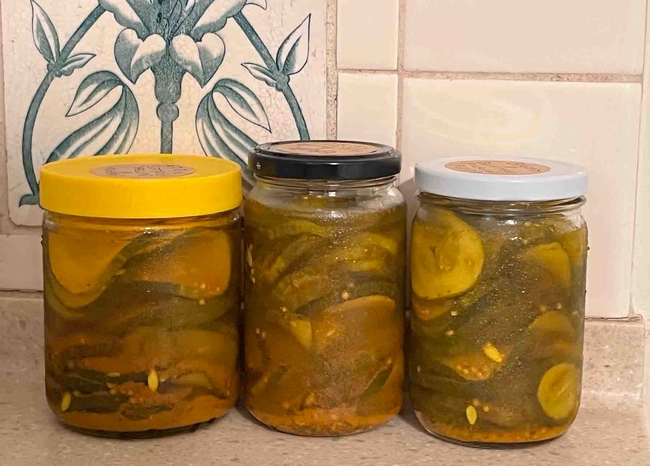
Toward the end of the 18th century, natural refrigeration became a means of preservation in areas where snow and ice were available. Holes were dug into the ground and meat was stored and covered with snow during the winter. This method of preservation reduced both enzymes and bacteria, keeping meat from going rancid. But it wasn't until the invention of mechanical refrigeration that cold storage became more widespread.
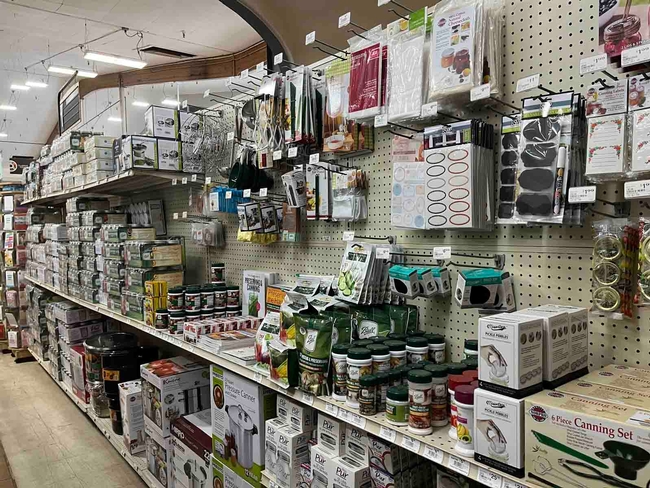
At around this same time in England, there was increasing need to feed the navy as well as arctic explorers over long periods of time. Drying, pickling, or preserving in jars were the only methods of longer-term food preservation. Metal cans came into the picture when Peter Durand, a British merchant, patented a method of storing food in cans on behalf of French national Phillippe de Girard who had invented the method in 1811. Durand sold the patent to Bryan Donkin, a British inventor and manufacturer. Donkin began processing meat in iron tins, and this canned meat made its way to the English Royal household. Several days after King George III and Queen Charlotte tasted the canned meat, Donkin received a letter from the Duke of Kent telling him how much the King and Queen had enjoyed the meal. Soon the manufacturing company of Donkin, Hall, and Gamble began distributing canned foods to the British navy and eventually selling canned perishables throughout England and across the Atlantic to merchants in New York City.
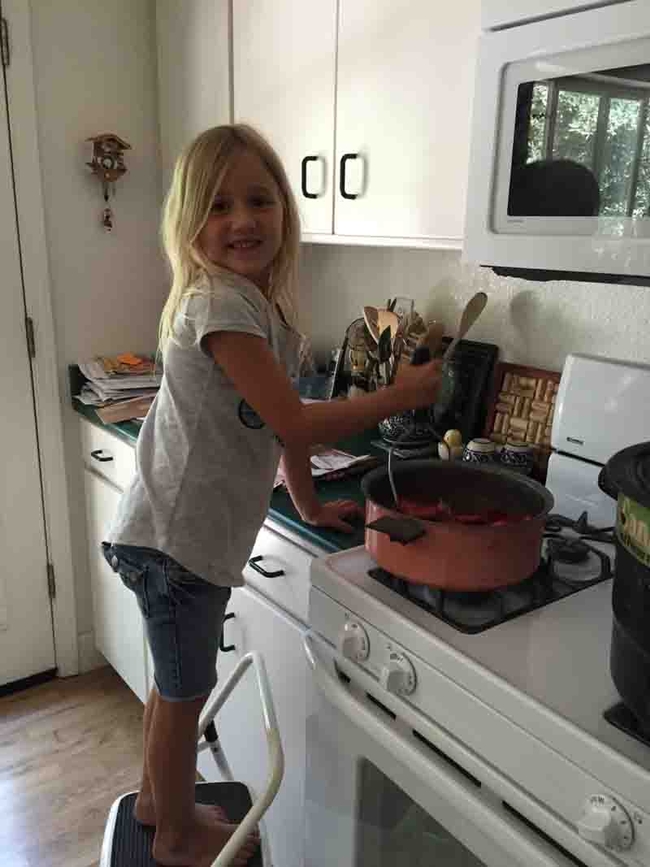
In the early years of the 20th century the United States Department of Agriculture (USDA) published its first guide to home food preservation. “Canning Vegetables in the Home” was published in the Farmer's Bulletin 359 in May 1909; a year later, “Canning Peaches on the Farm” appeared in the same publication.
Since that time, home canning has played a critical role in important eras of American history: growing and preserving one's own food helped many citizens supplement rationed food supplies during World Wars I and II; home canning was a means of survival for many families during the Great Depression of the 1930s; and the back-to-the-land movement of the 1960s and 1970s saw increased interest in preserving home-grown food. As many of us are well aware, a home canning resurgence occurred during the COVID pandemic, so much so that it became difficult to find canning jars for sale on grocery shelves.
The University of California Division of Agriculture and Natural Resources offers a Master Food Preserver Program in some counties (alas, not in Butte County; the closest program is in Yuba County). The Program's website contains all the information you need to start canning safely – including plenty of useful recipes.
If you'd like to try some very easy ways to preserve the summer's bounty, here are two simple no-fuss recipes.
Fruit Leather: Any fruit or combination of fruits works well
Wash fruit (peel stone fruits)
Puree three cups of your chosen fruit or fruit combination in a blender
Add a teaspoon of lemon or lime juice
Add a tablespoon of honey (optional)
Spread mixture on two baking sheets lined with parchment paper and either bake at 150 degrees or leave in the sun (covered with cheese cloth) until dry.
Bread & Butter Pickles:
Mix together: 2/3 cup sugar
1 cup cider or white vinegar
1 teaspoon turmeric
2 teaspoons salt
1 teaspoon mustard seed
1 teaspoon celery seed
Slice three to five cucumbers into rounds about 3/16ths of an inch thick and put into the mixture cold. Bring to a boil and boil for two minutes. Pack into jars and seal (or just pack into jars, forego the canning process and store in refrigerator – super easy!). Makes 2 pints.
